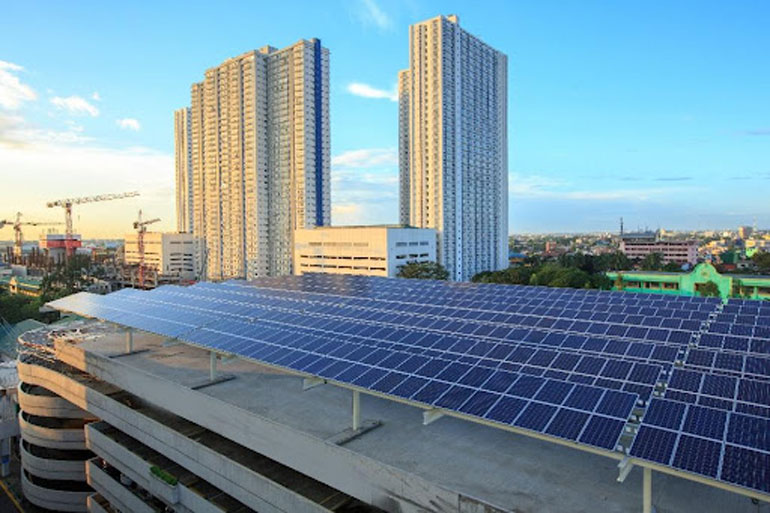
Cities continue to shape the way we live our lives — from shifting to greener lifestyles to reducing global carbon emissions to help save the planet. The successful transition to greener urban landscapes starts with constructing green buildings, delivering smart innovations that work with the environment and promote the well-being of the people who use these spaces every day.
According to a study by the US Green Building Council, green buildings can reduce carbon emissions by about 40% on average, water consumption by about 30%, and waste generation by about 70%. Beyond the environmental benefits, green buildings also help meet social needs by improving spaces, protecting human health, enabling community members with different abilities to actively participate, and ensuring access to services. basic at reasonable rates. Economic benefits can also be felt with green buildings offering higher rent potentials, encouraging “greenovation” and promoting cultural and recreational activities without harming the environment.
Committed to improving everyday life, SM Prime has taken the initiative to integrate sustainability and resilience into its designs, ensuring that each component works together as a fully integrated city of the future.
“Building greener buildings provides holistic solutions not only to reduce emissions, but also to promote social well-being,” shares Hans T. Sy, Chairman of the Executive Committee of SM Prime Holdings. “We see this in our developments, which drives us to build greener and even retrofit our existing shopping centers to meet green standards.”
Among SM developments, a number boast of having received LEED Gold certification while others are in the process of being certified such as SM Baguio expansion, SM North EDSA BPO offices, SM Megamall Mega Tower and SM Retail Corporation, to name a few.
Aura SM
Bonifacio Global City’s iconic SM Aura is a mixed-use development that incorporates retail, commercial halls and a Grade A office tower. The LEED Gold certified shopping center promotes resource efficiency, green mobility and green landscapes.
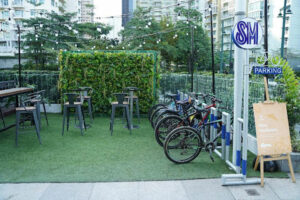
- Green mobility. Cycling is encouraged with accessible bike storage, bike showers, and convenient access to safe lanes for public transit.
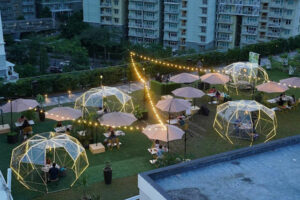
- Green landscapes. The SM Aura Premier Park covers over 55% of the building, uses recycled water and provides ample space for plant growth while protecting the building and people from the heat.
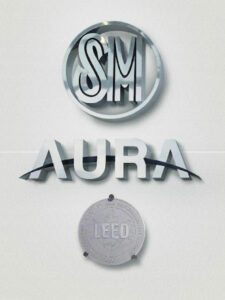
- Resource efficiency. SM Aura uses 16% less than conventional buildings thanks to a high-performance building envelope that reduces solar heat while allowing sufficient sunlight. Thanks to a low-flow water sensor and metering taps, it also reduces its drinking water consumption by a third. Only low emitting materials were used as paint, adhesive sealants and floor materials.
Conrad Manila
Known as a lifestyle hub, Conrad Manila is LEED Gold certified. The hotel is designed with a dramatically shaped angular structure that houses an elegant 347-room hotel, spa and reception space, while S House houses a multitude of smaller and more personalized outlets for brands.

- Luxury rhymes with green mobility. Boasting a premium luxury experience, Conrad Manila remains environmentally friendly by providing preferred parking locations for low-fuel emission vehicles, car-sharing vehicles and special parking spaces and facilities for the cyclists.
- Environmentally friendly materials. Locally manufactured and recycled materials and products were used wherever possible with over 80% of project construction waste recycled. Filtration systems maintain a minimum efficiency rate of 90% to remove airborne particles.
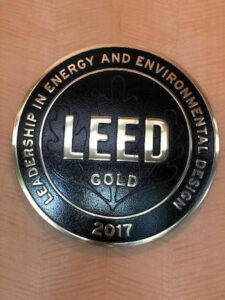
- Resource efficiency. Conrad Manila is designed to reduce energy consumption approximately 12% less than US energy standards. Its water heating system recovers heat from the chiller’s condensers to produce hot water while its ventilation system recovers coolness from the exhaust air and returns it to the building. The hotel is equipped with occupancy sensors, tinted with low-emissivity insulating glass to keep heat and noise out.
Beyond LEED certification, SM engineering and design development, the mall’s design and construction arm has implemented these sustainable design strategies on the following projects:
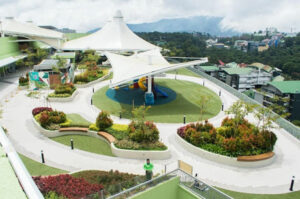
SM Baguio brings the outdoors and indoors as one space optimizing natural lighting and ventilation with the Sky Garden. It has a green roof system as well as an underground water reserve for the storage and reuse of rainwater with a capacity of 4,389 cubic meters.
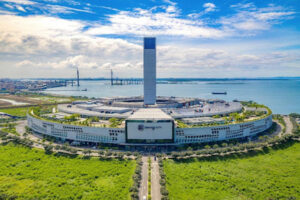
SM Seaside Cebu mall lovers can enjoy a vast green space, a central courtyard and a roof garden. Built with low glass and using EchoStop for noise management, the building is designed to maximize natural light and ventilation.
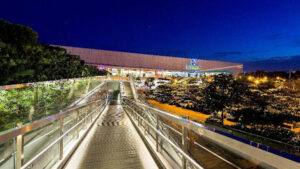
SM Lanang Premier features lush greens, a rooftop garden, and green pavers that encourage filtration and allow stormwater to return to the ground underground. It is equipped with a rainwater harvesting system and a water tank with a capacity of 546 cubic meters based on a rain intensity of 425 mm per hour. It also has a materials recovery facility that receives, separates and prepares recyclable materials for sale to end-user manufacturers.
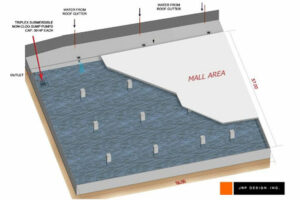
SM City Massinag helps communities avoid flooding with its 15,033 cubic meter water catchment facility. It is designed with green screens to promote vertical plant growth and is constructed with clerestory windows as a source of natural light.
SM North EDSA is one of the pioneers in the use of solar panels. It is also the first to have the Sky Garden and elevated parks.
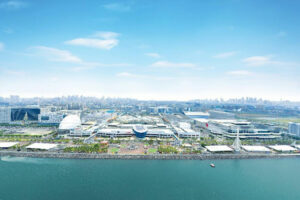
SM Mall of Asia is uniquely designed with a sea wall to prevent damage from potential storm surges or rising seam levels. Built on reclaimed land, it used an excavation method that provided a greater degree of protection against liquefaction and seismic events. It is also elevated above required building levels and is fitted with a wave return and drainage channel to prevent flooding from storm surges and high waves.
SM Marikina sits on 246 pilings and is built 20 meters beyond safety zone compliance. At 20.5 meters above natural ground level, it serves as a first responder and place of refuge for the people of Marikina in times of calamity.
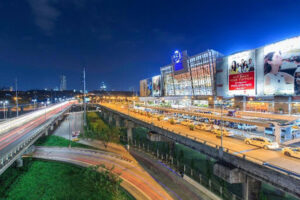
Today, real estate investors, both for business and personal use, have grown to prefer spaces that support the sustainability agendas of the growing population. The pursuit of green building standards supports the public’s aspiration for more sustainable communities designed for environmental and social well-being. SM Prime believes it’s important for developers to work with communities to fight climate change and achieve shared aspirations — a greener and more sustainable urban landscape for all to enjoy.
“Creating a more sustainable way of life requires a sustainable context that supports change. At SM Prime, our passion is to create one that is durable and resilient for the life we want for today and for the future,” said Mr. Sy.
Post a Comment
Any comments, my dear?